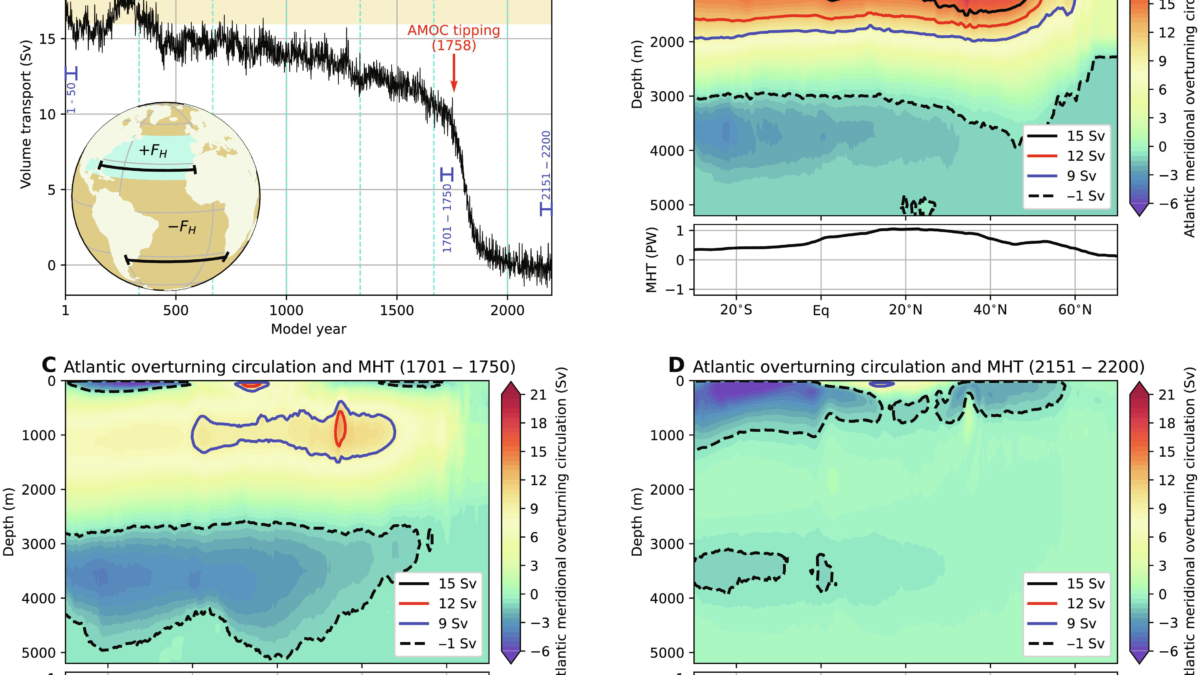Tenfold increase in childhood and adolescent obesity in four decades – World will have more obese children and adolescents than underweight by 2022
LONDON, 11 October 2017 (WHO) – The number of obese children and adolescents (aged five to 19 years) worldwide has risen tenfold in the past four decades. If current trends continue, more children and adolescents will be obese than moderately or severely underweight by 2022, according to a new study led by Imperial College London and WHO.The study was published in The Lancet ahead of World Obesity Day (11 October). It analysed weight and height measurements from nearly 130 million people aged over five years (31.5 million people aged five to 19, and 97.4 million aged 20 and older), making it the largest ever number of participants involved in an epidemiological study. More than 1000 contributors participated in the study, which looked at body mass index (BMI) and how obesity has changed worldwide from 1975 to 2016.Obesity rates in the world’s children and adolescents increased from less than 1% (equivalent to five million girls and six million boys) in 1975 to nearly 6% in girls (50 million) and nearly 8% in boys (74 million) in 2016. Combined, the number of obese five to 19 year olds rose more than tenfold globally, from 11 million in 1975 to 124 million in 2016. An additional 213 million were overweight in 2016 but fell below the threshold for obesity.
Food marketing, policies, pricing behind obesity rise
Lead author Professor Majid Ezzati, of Imperial’s School of Public Health, says: “Over the past four decades, obesity rates in children and adolescents have soared globally, and continue to do so in low- and middle-income countries. More recently, they have plateaued in higher income countries, although obesity levels remain unacceptably high.”Professor Ezzati adds: “These worrying trends reflect the impact of food marketing and policies across the globe, with healthy nutritious foods too expensive for poor families and communities. The trend predicts a generation of children and adolescents growing up obese and at greater risk of diseases, like diabetes. We need ways to make healthy, nutritious food more available at home and school, especially in poor families and communities, and regulations and taxes to protect children from unhealthy foods.”
More obese than underweight 5 to 19 year olds by 2022 but underweight persists in poor regions
The authors say that if post-2000 trends continue, global levels of child and adolescent obesity will surpass those for moderately and severely underweight youth from the same age group by 2022. In 2016, the global number of moderately or severely underweight girls and boys was 75 million and 117 million respectively.Nevertheless, the large number of moderately or severely underweight children and adolescents in 2016 (75 million girls and 117 million boys) still represents a major public health challenge, especially in the poorest parts of the world. This reflects the threat posed by malnutrition in all its forms, with there being underweight and overweight young people living in the same communities.Children and adolescents have rapidly transitioned from mostly underweight to mostly overweight in many middle-income countries, including in East Asia, Latin America and the Caribbean. The authors say this could reflect an increase in the consumption of energy-dense foods, especially highly processed carbohydrates, which lead to weight gain and poor lifelong health outcomes.Dr Fiona Bull, programme coordinator for surveillance and population-based prevention of noncommunicable diseases (NCDs) at WHO, says: “These data highlight, remind and reinforce that overweight and obesity is a global health crisis today, and threatens to worsen in coming years unless we start taking drastic action.”
Solutions exist to reduce child and adolescent obesity
In conjunction with the release on the new obesity estimates, WHO is publishing a summary of the Ending Childhood Obesity (ECHO) Implementation Plan. The plan gives countries clear guidance on effective actions to curb childhood and adolescent obesity. WHO has also released guidelines calling on frontline healthcare workers to actively identify and manage children who are overweight or obese.Dr Bull adds: “WHO encourages countries to implement efforts to address the environments that today are increasing our children’s chance of obesity. Countries should aim particularly to reduce consumption of cheap, ultra-processed, calorie dense, nutrient poor foods. They should also reduce the time children spend on screen-based and sedentary leisure activities by promoting greater participation in physical activity through active recreation and sports.”
Contact
Paul Garwood
WHO
Telephone: +41 796037294
Email: garwoodp@who.intFadéla Chaib
WHO
Telephone: +41 22 791 3228
Mobile: +41 794 755 556
E-mail: chaibf@who.intCaroline Brogan
Imperial College London
Telephone: +44(0)20 7594 3415
Out of hours: +44 (0)7803 886248
Email: caroline.brogan@imperial.ac.uk
ABSTRACT: Underweight, overweight, and obesity in childhood and adolescence are associated with adverse health consequences throughout the life-course. Our aim was to estimate worldwide trends in mean body-mass index (BMI) and a comprehensive set of BMI categories that cover underweight to obesity in children and adolescents, and to compare trends with those of adults.
Methods
We pooled 2416 population-based studies with measurements of height and weight on 128·9 million participants aged 5 years and older, including 31·5 million aged 5–19 years. We used a Bayesian hierarchical model to estimate trends from 1975 to 2016 in 200 countries for mean BMI and for prevalence of BMI in the following categories for children and adolescents aged 5–19 years: more than 2 SD below the median of the WHO growth reference for children and adolescents (referred to as moderate and severe underweight hereafter), 2 SD to more than 1 SD below the median (mild underweight), 1 SD below the median to 1 SD above the median (healthy weight), more than 1 SD to 2 SD above the median (overweight but not obese), and more than 2 SD above the median (obesity).
Findings
Regional change in age-standardised mean BMI in girls from 1975 to 2016 ranged from virtually no change (−0·01 kg/m2 per decade; 95% credible interval −0·42 to 0·39, posterior probability [PP] of the observed decrease being a true decrease=0·5098) in eastern Europe to an increase of 1·00 kg/m2 per decade (0·69–1·35, PP>0·9999) in central Latin America and an increase of 0·95 kg/m2 per decade (0·64–1·25, PP>0·9999) in Polynesia and Micronesia. The range for boys was from a non-significant increase of 0·09 kg/m2 per decade (−0·33 to 0·49, PP=0·6926) in eastern Europe to an increase of 0·77 kg/m2 per decade (0·50–1·06, PP>0·9999) in Polynesia and Micronesia. Trends in mean BMI have recently flattened in northwestern Europe and the high-income English-speaking and Asia-Pacific regions for both sexes, southwestern Europe for boys, and central and Andean Latin America for girls. By contrast, the rise in BMI has accelerated in east and south Asia for both sexes, and southeast Asia for boys. Global age-standardised prevalence of obesity increased from 0·7% (0·4–1·2) in 1975 to 5·6% (4·8–6·5) in 2016 in girls, and from 0·9% (0·5–1·3) in 1975 to 7·8% (6·7–9·1) in 2016 in boys; the prevalence of moderate and severe underweight decreased from 9·2% (6·0–12·9) in 1975 to 8·4% (6·8–10·1) in 2016 in girls and from 14·8% (10·4–19·5) in 1975 to 12·4% (10·3–14·5) in 2016 in boys. Prevalence of moderate and severe underweight was highest in India, at 22·7% (16·7–29·6) among girls and 30·7% (23·5–38·0) among boys. Prevalence of obesity was more than 30% in girls in Nauru, the Cook Islands, and Palau; and boys in the Cook Islands, Nauru, Palau, Niue, and American Samoa in 2016. Prevalence of obesity was about 20% or more in several countries in Polynesia and Micronesia, the Middle East and north Africa, the Caribbean, and the USA. In 2016, 75 (44–117) million girls and 117 (70–178) million boys worldwide were moderately or severely underweight. In the same year, 50 (24–89) million girls and 74 (39–125) million boys worldwide were obese.
Interpretation
The rising trends in children’s and adolescents’ BMI have plateaued in many high-income countries, albeit at high levels, but have accelerated in parts of Asia, with trends no longer correlated with those of adults.


